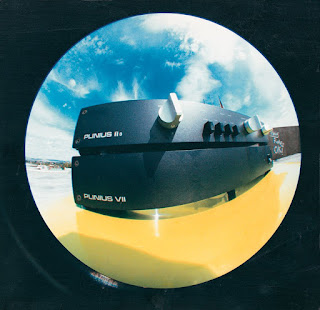A friend who is giving up his cassette deck asked for help to rate and sell the item on his behalf. I then used the deck to transfer some old material from cassette before selling it for my friend aka previous month post.
Was surprised his DRW-585 was still functioning flawlessly after so many years of service - now that's quality that is sadly missing from today's hifi components.
The unit was equipped with Dolby-HX and has all the required bell&whistles eg digital counters, bias adjust, auto reverse, continuous play one deck another the other, dubbing from one deck to the other, etc. The deck perform flawlessly using my Tracy Chapman Cross Roads album. Reproduction still sounds decent using only a el-cheapo (less than $10) interlink cable from the neighbourhood shops!
The deck sold within a day of listing!!!
Was surprised his DRW-585 was still functioning flawlessly after so many years of service - now that's quality that is sadly missing from today's hifi components.
The unit was equipped with Dolby-HX and has all the required bell&whistles eg digital counters, bias adjust, auto reverse, continuous play one deck another the other, dubbing from one deck to the other, etc. The deck perform flawlessly using my Tracy Chapman Cross Roads album. Reproduction still sounds decent using only a el-cheapo (less than $10) interlink cable from the neighbourhood shops!
The deck sold within a day of listing!!!
 |
| Front view of the DRW-585 after power on |
 |
| Top view of DRW-585 internals |
 |
| Close-up of ceramic capacitors (391K) for the IN-OUT RCA connectors |























